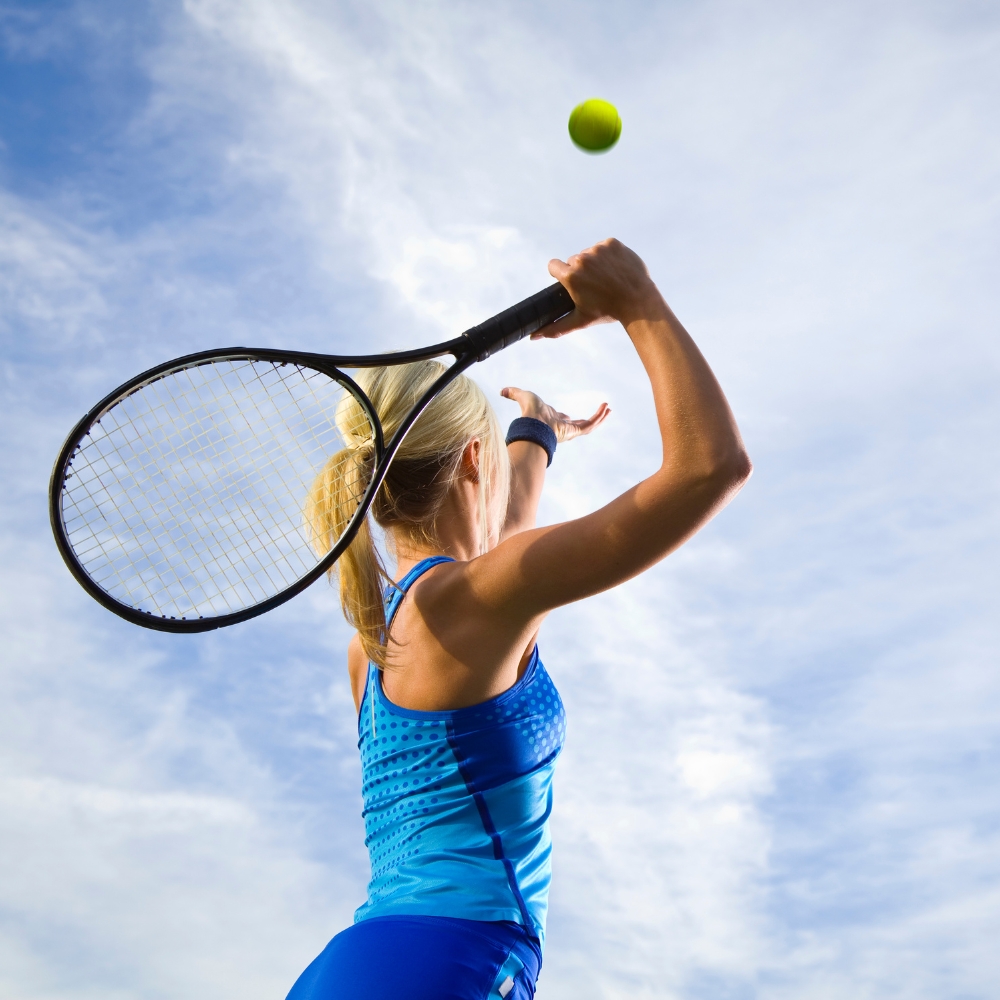
Tennis, an elegant and thrilling sport, often conjures images of fierce competitions, doubles duos, and passionate rallies. Yet, honing one’s skills doesn’t always require an opponent on the other side of the net. In fact, how to practice tennis alone? – is a question many enthusiasts ponder. Practicing tennis alone can offer profound benefits, from refining techniques to improving focus. In this comprehensive guide, we will delve into effective methods and strategies to make the most of solo tennis sessions. Also, if perhaps you need to choose tennis backpack, we have prepared for you a review of best tennis backpack, you can see it here
Table of Contents
Benefits Of Practicing Tennis Alone
There’s an abundance of merits when it comes to practicing tennis by oneself. One of the primary benefits is the frequency at which you can play tennis. Given the hustle and bustle of adult life, carving out time for regular practice or a game often proves challenging.
Setting up solo tennis sessions gives you the leeway to adapt to your daily routines without being dependent on others’ schedules. This means you get to strike more tennis balls, creating a win-win scenario.
Solo practice offers the added advantage of zero distractions, allowing you to concentrate solely on refining your game. It grants you the freedom to choose specific tennis skills to hone during your sessions, and later, you can showcase your improved techniques when playing with pals.
If you’re wondering about ways to effectively practice tennis on your own, here are some suggestions.
Ways To Practice Tennis Alone
Training with a Ball Machine
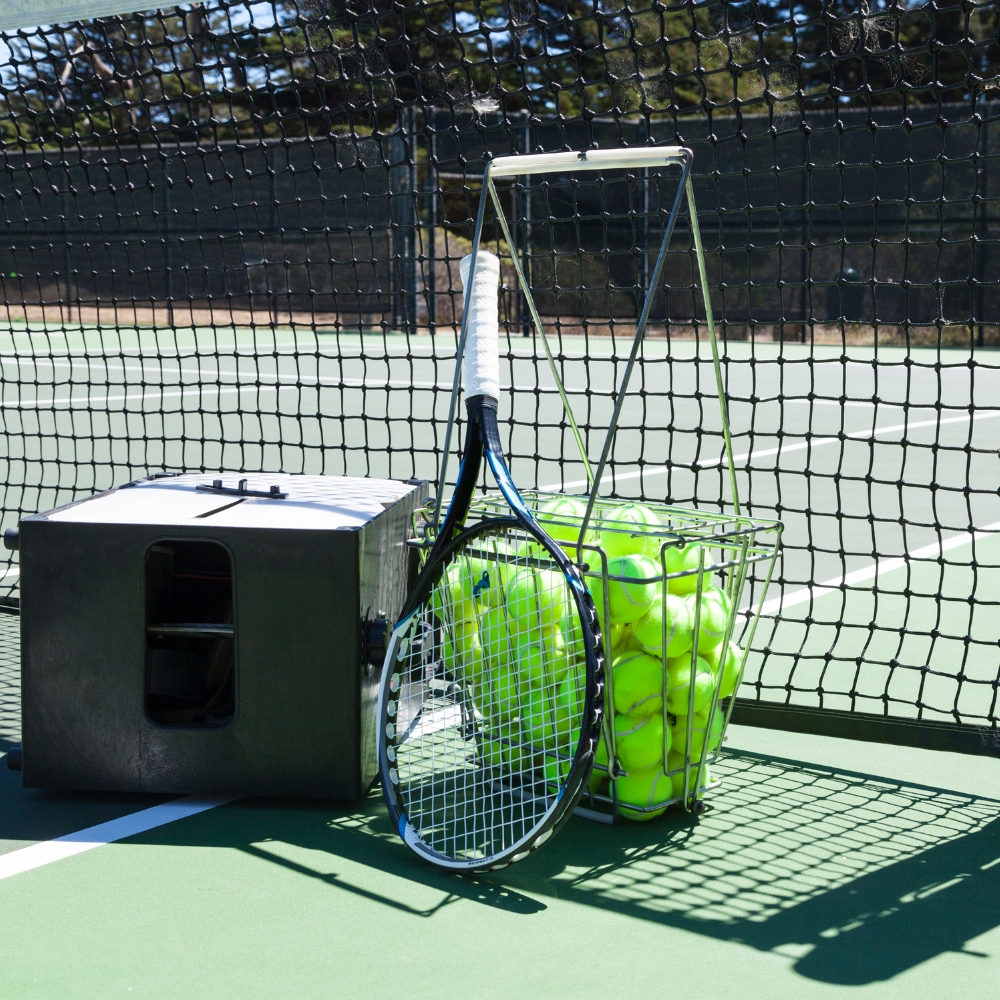
Utilizing a tennis ball machine is an excellent method for solo tennis training. It allows players to set up diverse drills, ensuring a well-rounded practice session. It’s essential to position the machine to mimic realistic in-game shots, not just ones from the center of the baseline. Including volleys, serves, and overhead shots, along with baseline groundstrokes, maximizes the effectiveness of your training.
For those aiming to enhance their tennis skills, the ball machine is invaluable. Training consistently with it can refine stroke techniques and boost topspin generation. Moreover, using ball machine tennis drills ensures a player’s progression in both fundamentals and advanced techniques. For those serious about their tennis journey, investing in a quality ball machine and the best tennis rackets for control is a game-changer.
Tennis against a Wall
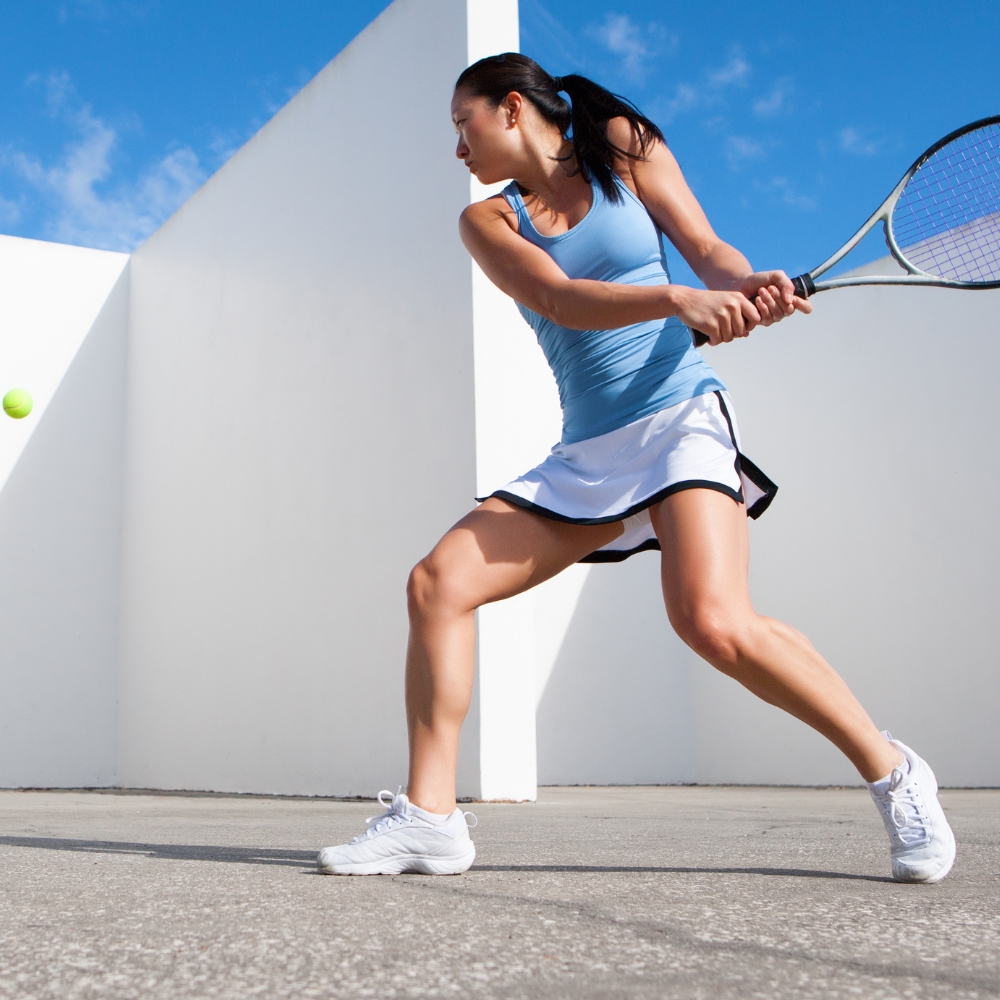
Using a tennis practice wall is an invaluable tool for those wondering how to play tennis by yourself. This unwavering partner offers consistent returns, helping players refine strokes, volleys, and overheads. The rapid return of the ball also challenges your reflexes and decision-making. Engaging with the wall also doubles as a cardio workout, enhancing fitness levels. The wall’s reliability ensures you can focus on technique, rhythm, and footwork. Even short sessions can yield significant improvements in your game. Mastering volleys against the wall is crucial for competitive court play. For those wondering how to play tennis by themselves, the practice wall is an unmatched ally. It’s an underutilized tool that offers both skill training and fitness benefits for every tennis enthusiast. footwork, rhythm, and shot precision. For solo players, a tennis practice wall provides both skill training and fitness benefits, making it an essential part of self-training routines.
Work on Your Serve
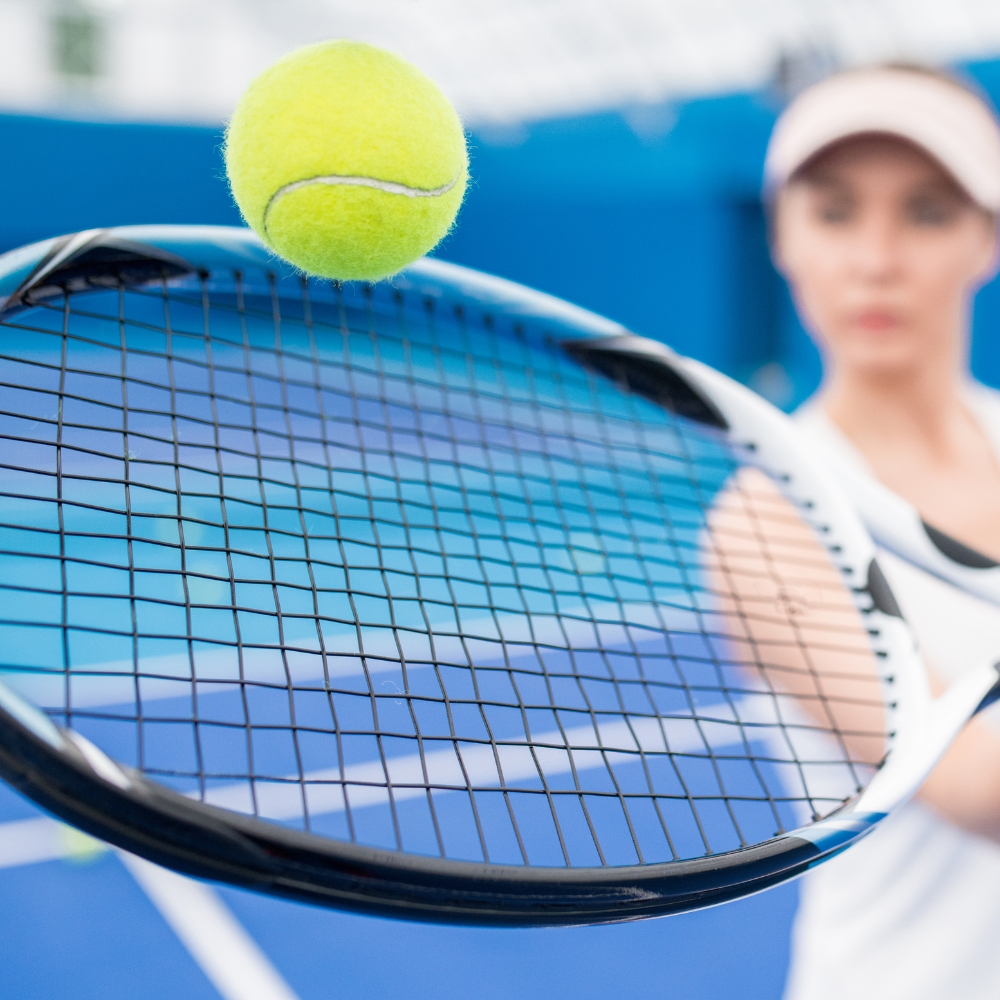
Practicing tennis alone is an invaluable way to hone your skills, especially when it comes to serving. For those serious about the sport, understanding and perfecting the serve is vital. Begin by establishing a strong foundation with a flat serve, and consider using Best Tennis Racquets for beginners to ease into the sport. When practicing tennis alone, a beneficial method is to score your serves: assign points for successful serves and deduct for double faults. To add a layer of challenge, further reduce points for each double fault. Using tools like cones or low-stick painter’s tape can help you set targets within the service box, ensuring both accuracy and consistency in your shots. Remember, regular and focused practice is key; make the most of solo sessions to enhance your serve. Don’t just serve aimlessly, always have a target in mind to challenge yourself.
Enhance Your Serve Toss Technique

To get better at tennis by yourself, self-feed balls offer a valuable method. This technique involves giving the ball a self-feed and playing either rebounds or with just one bounce. By setting specific targets like the deep corner, baseline, or midline, you can sharpen your precision. Determine the type of shots beforehand, whether they’re fast shots, lofty punches, slices, and so on. Just as with serves, you can demarcate areas using non-stick cones, discs, or tape. A tennis basket or hopper is handy for collecting balls during this solo practice. Practicing your strokes with self-feed balls is effective for enhancing a range of shots, from topspin and slice to drop shots. To optimize your training, mark specific areas on the court using low-stick painter’s tape, cones, or discs. Pre-deciding your shot type and target area can yield better results. Holding yourself accountable for every shot ensures consistent improvement, and the best part is that this self-training method doesn’t require a partner.
Practice Your Footwork Skill
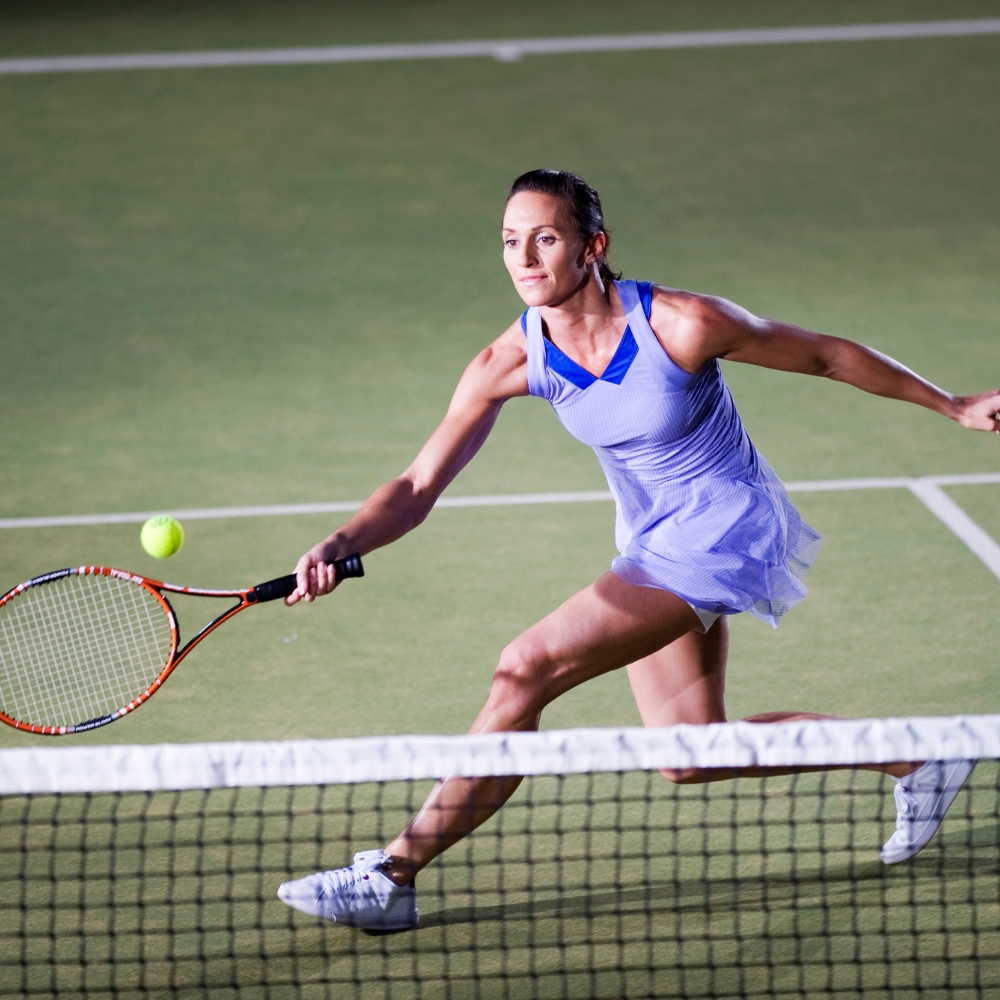
To get better at tennis by yourself, focus on enhancing both your racket skills and your physical conditioning. Emphasizing footwork is crucial, as tennis demands agility and quick reflexes. By honing your footwork, you can improve your speed, strength, and stamina, gaining an edge over opponents. Integrate exercises like burpees, high knees, jumping jacks, and squat jumps into your solo routine for comprehensive fitness benefits. It’s essential to recognize that mastering tennis isn’t confined to the court; utilize local parks or gyms to work on strength training, flexibility, and cardio. As you age, a holistic approach to fitness helps in injury prevention and maintaining agility. Lastly, ensure your training simulates the unique movements of tennis, especially exercises that emphasize rapid directional changes. This self-training approach ensures you’re prepared for the dynamic challenges the sport presents.
Tips for Effective Practice Tennis Alone
- Set Clear Goals: Before you step onto the court, decide what you want to achieve. Whether it’s improving your serve, backhand, or footwork, having a clear objective will guide your practice.
- Visualize: Spend time visualizing different game scenarios. This mental rehearsal can be as valuable as physical practice, enhancing decision-making and strategy.
- Video Analysis: Record your practice sessions. Reviewing them later can help identify areas for improvement that you might not notice in real-time.
- Stay Fit: Incorporate fitness drills into your solo sessions. Cardio, strength training, and flexibility exercises will boost your game and reduce the risk of injuries.
- Use Targets: Place targets in specific areas of the court to work on shot placement. This gives you immediate feedback on accuracy.
- Stay Consistent: Regularity is key. Even if it’s just a short session, maintaining a routine will make a significant difference over time.
- Challenge Yourself: Keep things interesting by setting challenges. For example, see how many consecutive serves you can land in a specific target area.
- Invest in Quality Equipment: Ensure your racket, shoes, and balls are in good condition. Good equipment can make a difference in the quality of your practice.Remember, while practicing alone has its advantages, occasionally playing with partners or coaches will offer different perspectives and insights into your game. Balance is essential for all-around development.
Conclusion
How to practice tennis alone offers a unique opportunity to hone individual skills and focus deeply on specific areas of improvement. Whether it’s refining your serve, mastering your footwork, or working on mental strategies, solo sessions allow for undistracted dedication. Utilizing tools like ball machines, walls, and targeted drills can transform solo practices into highly productive sessions. While partnering up provides invaluable gameplay experience, the dedication to self-practice and self-improvement forms the bedrock of a player’s growth. Embracing the solitude of the court not only enhances one’s skills but also fosters a self-reliant and resilient tennis player.

I’m Heorhii Rysak, a go-to sports enthusiast and blogger. My fascination with sports began in my childhood with karate, setting the foundation for my love of physical fitness. Over the years, I’ve delved into various disciplines, including martial arts and CrossFit, and developed a passion for tennis. I bring a wealth of practical experience to my blog, where I share equipment reviews, workout plans, and fitness advice. My goal is simple: to inspire and assist you in your journey toward better health and performance.